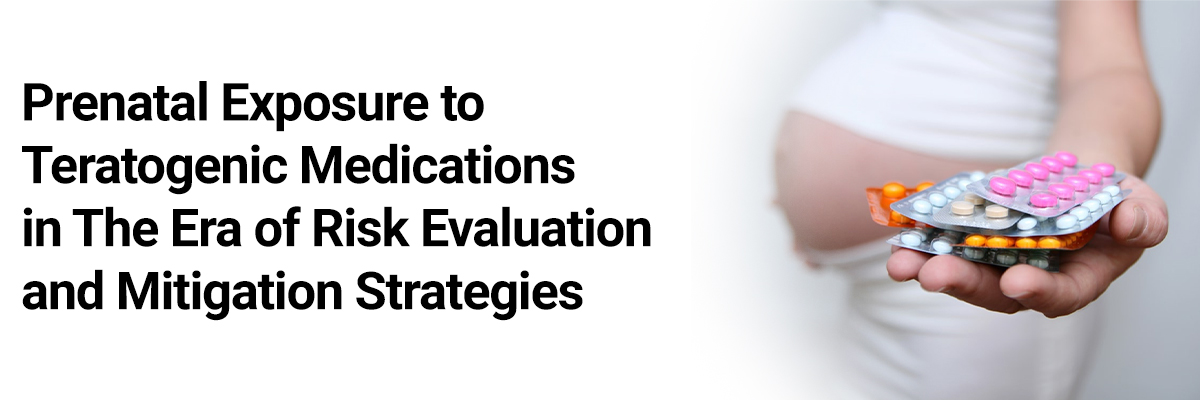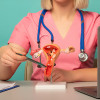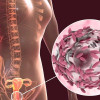
 IJCP Editorial Team
IJCP Editorial Team
Prenatal exposure to teratogenic medications in the era of Risk Evaluation and Mitigation Strategies
It is crucial to prevent prenatal exposure to teratogenic drugs. With the US Food and Drug Administration Amendments Act in 2007, the US Food and Drug Administration has advised manufacturers to implement Risk Evaluation and Mitigation Strategies to prevent prenatal exposures. Among 12 risk evaluation and mitigation strategy drugs, several had predecessor risk mitigation plans (e.g., isotretinoin), and some were newly required (e.g., mycophenolate).
A recent study characterized the epidemiology of prenatal exposures to definite and potential teratogens during the risk evaluation and mitigation strategy era.
It constructed a time series of pregnancies identified from a national private insurance claims database (IBM MarketScan) to estimate prenatal exposures to teratogenic drugs (2006–2017). It determined pregnancy outcomes, gestational age, and the onset of pregnancy with previously validated algorithms.
The study used The Teratology Information Service and Clinical Pharmacology databases to identify drugs with definite (n=141) or potential (n=65) teratogenic effects and excluded drugs with debatable risks, such as benzodiazepines, statins, tetracyclines, sex hormones, infertility treatments, and gonadotropin-releasing hormone analogs.
This study defined prenatal exposure as ≥1 prescription fill or medical encounter involving the administration of drugs with a definite teratogenic risk (including 12 for which there is a “current or discontinued” risk evaluation and mitigation strategy) or a potential teratogenic risk. It evaluated secular trends and modeled the effects of age, preconception exposure, and state healthcare quality rankings on prenatal exposure, adjusting for demographic factors and clinical conditions.
- The study cohort included 3,445,612 pregnancies (2,532,444 live deliveries).
- It found a slight decrease in Prenatal exposure to definite teratogens during the study years from 1.86 to 1.24 per 100 pregnancies between 2006 and 2017, whereas increased exposure for potential teratogens from 3.40% to 5.33%.
- It found a higher Prenatal exposure prevalence during the first trimester and for pregnancies that ended in nonlive outcomes.
- Drugs subject to Risk Evaluation and Mitigation Strategies showed low background utilization and a small contribution to prenatal exposures (15.1 per 100,000 pregnancies).
- The study also noticed less prenatal drug exposure with a risk evaluation and mitigation strategy among women of childbearing age who used these treatments (0.14% vs. 0.36% for any definite teratogen).
- It found age extremes and low state-level healthcare quality rankings as independent predictors of prenatal exposure.
Thus, Fetuses in more than 1 in 16 pregnancies remained exposed to teratogenic drugs during the past decade. Drugs with Risk Evaluation and Mitigation Strategies caused a small burden of prenatal exposure because of the low background utilization rates and lower pregnancy prevalence among women of childbearing age who used these drugs. Although there are declining exposure rates to teratogenic drugs with definite risks, the rising prenatal exposure to drugs with potential risks needs further assessment. Future research must elucidate the health outcomes of fetuses exposed to potential risk drugs, understand the effectiveness of risk evaluation and mitigation strategy programs, and prioritize teratogenic drugs for advanced risk mitigation.
Sarayani A, Albogami Y, Thai TN, et al. Prenatal exposure to teratogenic medications in the era of Risk Evaluation and Mitigation Strategies. American Journal of Obstetrics and Gynecology. 2022;227(2):263.e1-263.e38. https://doi.org/10.1016/j.ajog.2022.01.004.

IJCP Editorial Team
Comprising seasoned professionals and experts from the medical field, the IJCP editorial team is dedicated to delivering timely and accurate content and thriving to provide attention-grabbing information for the readers. What sets them apart are their diverse expertise, spanning academia, research, and clinical practice, and their dedication to upholding the highest standards of quality and integrity. With a wealth of experience and a commitment to excellence, the IJCP editorial team strives to provide valuable perspectives, the latest trends, and in-depth analyses across various medical domains, all in a way that keeps you interested and engaged.





















Please login to comment on this article